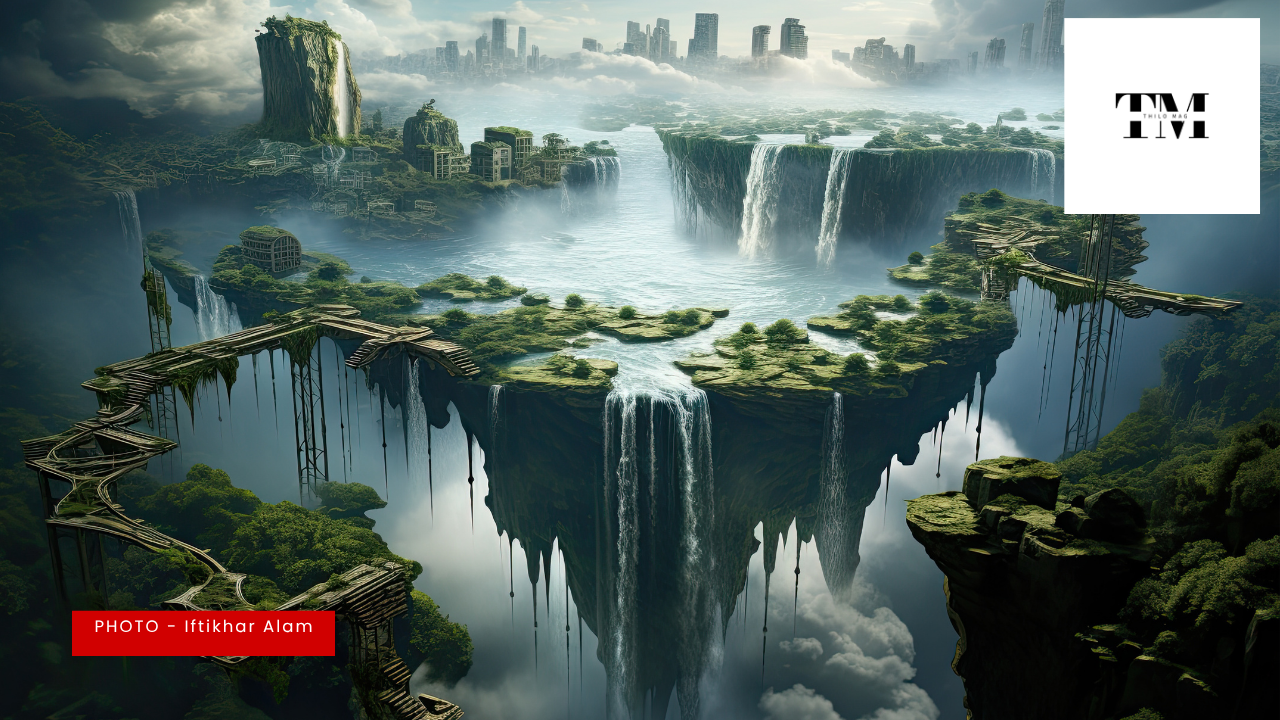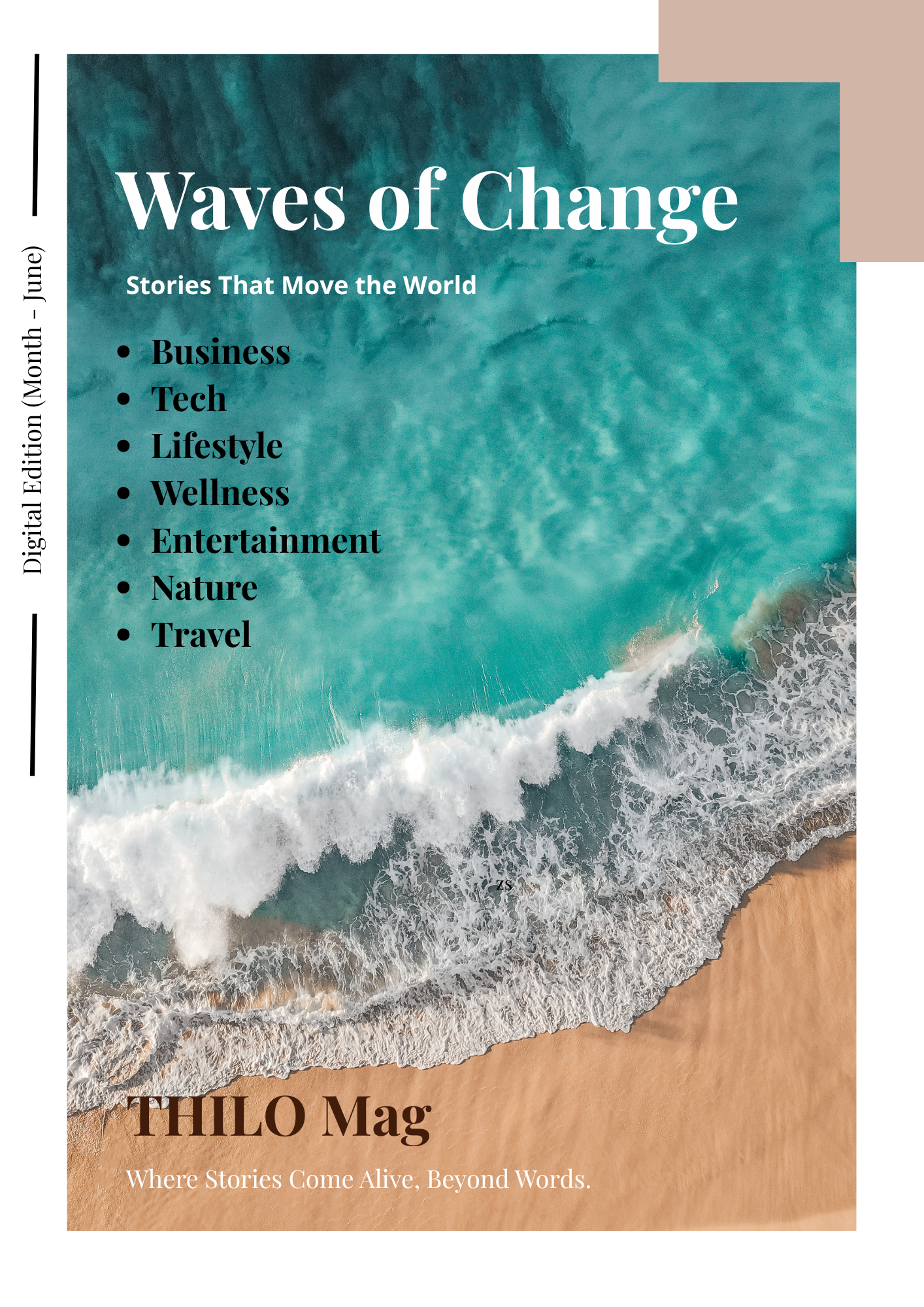Exploring the Planet’s Most Untouched Ecosystems
In a world where concrete jungles often replace wild ones, a few rare places remain almost untouched by human hands—where nature still reigns, mysterious and unfiltered. These regions, often called the “Earth’s last Edens,” are rich in biodiversity, cultural heritage, and untold stories. From the rainforests of Papua New Guinea to the otherworldly landscapes of Madagascar, these ecosystems are reminders of what the Earth once was—and what we still have the chance to protect.
🌿 Madagascar: The Island of the Impossible
Madagascar, the world’s fourth-largest island, split from the African continent over 100 million years ago. This long isolation allowed evolution to run wild—literally. Over 90% of its wildlife is found nowhere else on Earth. Lemurs leap through the forest canopy, baobab trees rise like ancient sculptures, and colorful chameleons peek through the leaves.
But beyond its wildlife, Madagascar is also a treasure of medicinal plants, spiritual practices, and local traditions that intertwine deeply with nature. Unfortunately, deforestation and mining threaten this Eden. Conservation efforts are racing against time to preserve the island’s rare and irreplaceable life.
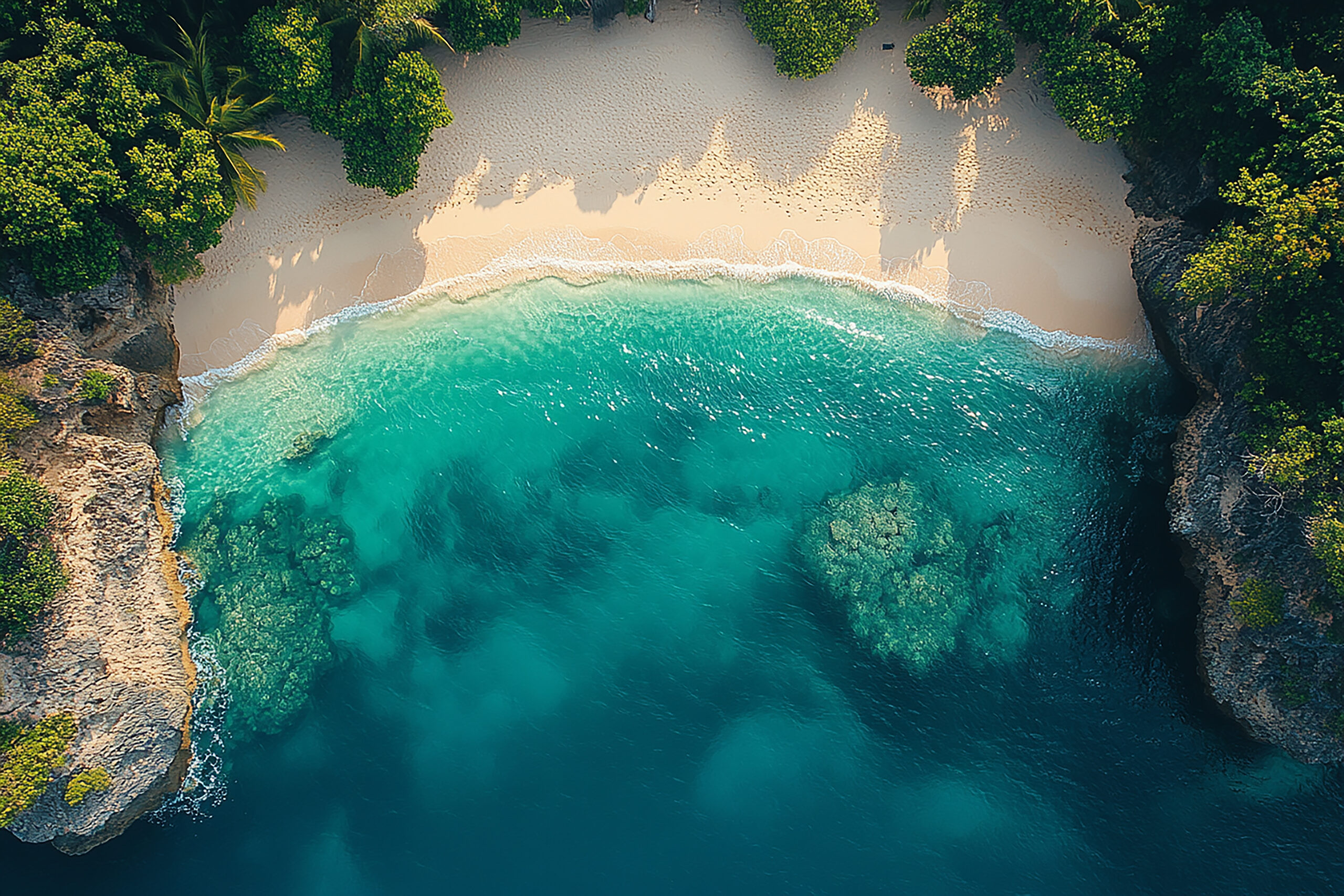
🦋 Papua New Guinea: A Living Natural Museum
Tucked between Australia and Indonesia, Papua New Guinea is one of the most biologically and culturally diverse places on the planet. With over 800 languages spoken and rainforests that shelter birds of paradise, tree kangaroos, and orchid species yet to be named, it’s a place where ancient knowledge meets modern ecological wonder.
Much of the terrain is still unexplored due to its mountainous geography and dense forests. Scientists often describe it as a “frontier for discovery,” with new species frequently found. Local tribes maintain deep ecological knowledge, respecting sacred groves, healing plants, and animal behaviors passed down for generations.
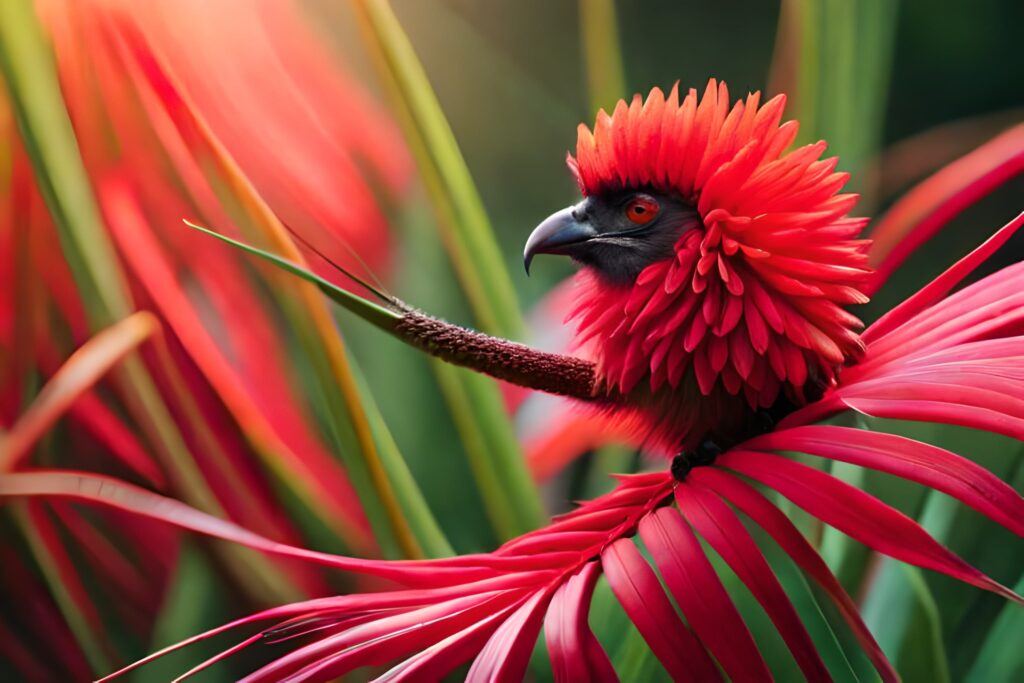
🌊 Other Untouched Corners of the World
Congo Basin – Often overshadowed by the Amazon, this Central African rainforest is the second-largest tropical forest in the world. It houses elephants, gorillas, and more than 10,000 plant species. Its peatlands also store massive amounts of carbon, making it vital for climate health.
Fiordland, New Zealand – A remote stretch of jagged cliffs, waterfalls, and forested valleys. Despite being within a developed nation, parts of Fiordland are only accessible by boat or helicopter and remain wildly intact.
Kamchatka Peninsula, Russia – Home to over 160 volcanoes and teeming with brown bears, this area is isolated, frozen, and fiercely wild. Its geothermal activity supports unusual ecosystems rarely seen anywhere else.
🌱 Why These Places Matter
In an era of mass extinction and environmental degradation, the last Edens offer more than beauty. They serve as living laboratories for science, homes for indigenous communities, and vital carbon sinks to fight climate change. They hold potential cures for diseases, new knowledge for agriculture, and reminders of how Earth was before modern intrusion.
Yet, these ecosystems are fragile. Logging, illegal wildlife trade, and climate change are constant threats. Protecting them means more than setting aside land—it requires listening to local voices, supporting sustainable development, and connecting global audiences to their value.
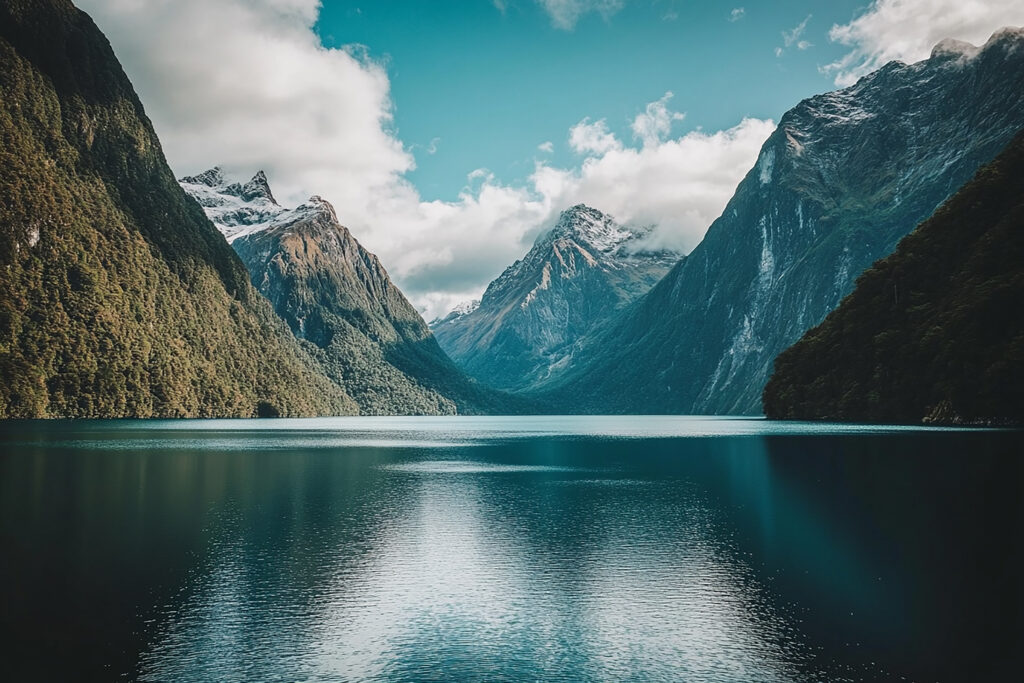
📸 A Glimpse, Not a Footprint
Exploring these wild Edens doesn’t mean exploiting them. Eco-conscious tourism, virtual documentaries, and digital storytelling can offer glimpses without leaving damaging footprints. From your screen or magazine pages, you can admire a dancing lemur, a mist-covered volcano, or a tribal ritual under starlit skies—without disturbing the harmony that still exists there.
Protecting the Last Wild Places
Organizations and communities are working tirelessly to protect Earth’s last Edens. In Madagascar, grassroots conservation projects train locals as forest guardians. In Papua New Guinea, land is being preserved through customary ownership and eco-initiatives led by indigenous people. International efforts are creating protected areas and bringing global attention to the urgency of conservation.
But they need support. As readers, travelers, and storytellers, we all have a role in ensuring these magical places don’t fade into myth.
Final Thought: Eden Still Exists
The idea of paradise is not a fantasy—it’s a fragile, breathtaking reality still thriving in corners of the Earth. These rare ecosystems remind us that wilderness still exists, not in fairy tales, but in forests, islands, and mountains that pulse with life. In protecting them, we are not just saving trees or animals—we’re preserving the planet’s soul.

